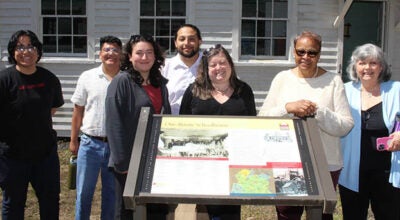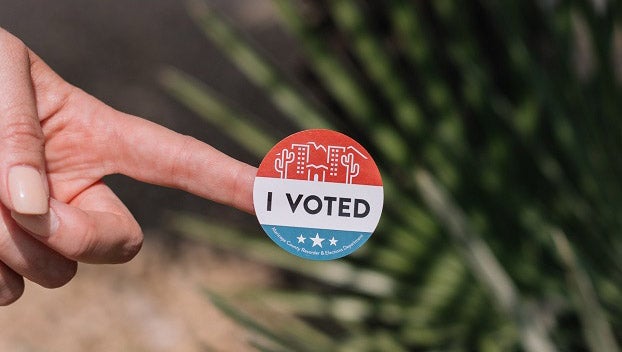‘Healthy population’ of coyotes live locally
Published 12:14 pm Tuesday, November 17, 2015
By Sean C.W. Korsgaard
Special to The Herald
Deer season may now be underway in Virginia, but it’s already open season on coyotes across the state.
Due to their classification as a nuisance species, coyotes can be hunted, trapped or taken at any time of the year, and there are no bag limits.
Statewide, the coyote population continues to grow in spite of this. Locally, as Lee Walker, outreach director for the Virginia Department of Game & Inland Fisheries points out, a fair number of coyotes call the area home.
“You do have a healthy population in what we call the South Piedmont area,” said Walker. “That’s nothing to be alarmed about though — coyotes are nocturnal, rarely interact with humans and are very shy.”
While Walker does urge some safety measures be taken, most are the same common sense precautions one always takes around wild animals, such as securing your trash and not leaving pets outside.
The most important thing is to not feed them, intentionally or unintentionally, as they attribute humans with food, becoming bolder around people, which can make them more dangerous.
“Most times [when] coyotes approach people it’s typically as a result of them taking advantage of a food source,” said Walker. “They have no natural predators here in the state, aside from hunters, trappers and cars.”
Coyotes are not a native species to Virginia, and were only first sited in the very western parts of the state beginning in the 1950s, and from there migrated eastward.
Due to a lack of natural predators in the area, coyotes quickly spread throughout the state over the following decades, and are now found in every county in Virginia, including the barrier islands of the coast. Coyotes, once restricted to the Western parts of the U.S. and Mexico, have now spread from Panama to Alaska.
“Coyotes are very resilient, very adaptable, and can live in an urban or rural setting,” said Walker. “Not too long ago, they actually found a few living in Central Park in New York City.”
That adaptability is exactly what makes the hunting measures ineffective though according to Mike Fies, a wildlife research biologist with the Virginia Department of Game & Inland Fisheries.
About 17 Virginia counties have coyote bounty programs on the books, although fewer than a dozen were funded in 2014, Fies said. They don’t work, though, as 150 years of failure in the Western states has shown. Coyote populations responded to the high mortality rates by breeding sooner and in larger numbers.
“The bounties don’t work because they don’t result in enough of an impact the population,” said Fies. “They’re a nice idea, but they simply don’t work.”
According to Fies, there are no reliable population estimates for coyotes in Virginia, with conservative estimates putting their numbers at around 50,000.
In 2013-14, 2,898 coyote were reported taken by trappers, and 22,705 were reported taken by hunters.
“Whether we like it or not, coyotes are here to stay in Virginia,” said Fies. “They’re part of the state landscape now, and we’d best adapt to them as they have adapted to us.”





